Every year during the lunar month of Muharram, the Iranian people and millions of other Shia Muslims across the globe gather at shrines and mosques to express their grief and reverence for the martyrdom of Imam Hussein (AS) and his loyal companions.
Tasht-Gozari, which is largely practiced by the people of Ardabil and its surrounding villages and towns, is one of many native mo urni ng rituals held to mark the enduring legacy of the Imam and his message of justice, equality, and sacrifice.
The centuries-old ritual reminds timeless lessons of courage, and sacrifice while serving as a heartfelt homage to the third Shia Imam, a grandson of Prophet Muhammad (PBUH), who was martyred in the tragic Battle of Karbala in 680 CE.
Tasht-Gozari, which literally means “laying a wash-tub” highlights the importance of potable water which was banned for Imam Hussein (AS) and his followers. In fact, the water blockade continued up to the end of the battle on Muharram 10.
The ritual begins three days before the start of Muharram on Dhu al-Hijjah 27, performed in over 200 mosques in six main neighborhoods of the city. In all the mosques, some platforms are designed for keeping copper and brazen wash tubs during the year.
Probably the origin of the Tasht-Gozari dates back to the Safavid era. The most ancient existing wash tub of Ardabil is kept in the mosque of Chaqusazan bazaar, which dates back to the era of Shah Abbas I (1571 – 1629) and on its edge engraved: “Donated to Hazrat Abbas (AS) 1038.”
Before the beginning of Muharram, tens of volunteer women clean the mosques and wash tubs preparing them for Tasht-Gozari.
Traditionally, there will be six wash tubs representing six neighborhoods of Ardabil at the Jame’ Mosque. After attending the mourning ceremony, the representatives from each neighborhood hold wash tubs on their heads while entering the mosque.
They go around the mosque and people touch wash tubs to express their allegiance to Imam Hussein (AS). Then they put wash tubs on the specified platforms in the mosque and after putting all six wash tubs in place, mourners bring jars full of water and pour them into wash tubs.
During the ten days, the mourners drink the water in wash tubs, believing it is a healer and takes it for patients as well.
Imam Hussain embodied the sacrifice of self, money, family, and social status in the face of terror and cruelty.
Tasht-Gozari holds a significant religious sign for the Shia Muslims as an integral part of Iran’s cultural tapestry aimed to keep alive the memory of Imam Hussein (AS) and the principles he stood for.
AFM
Tehrantimes
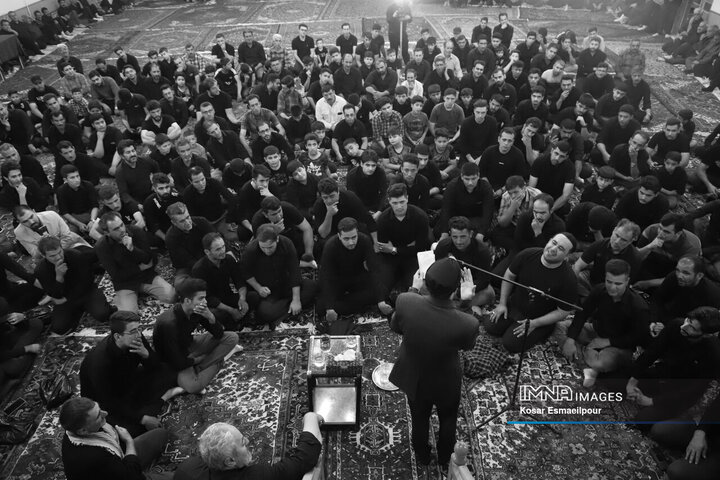
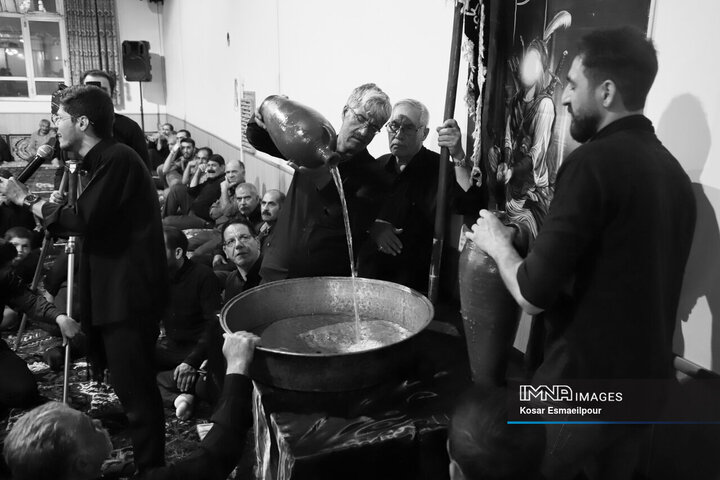
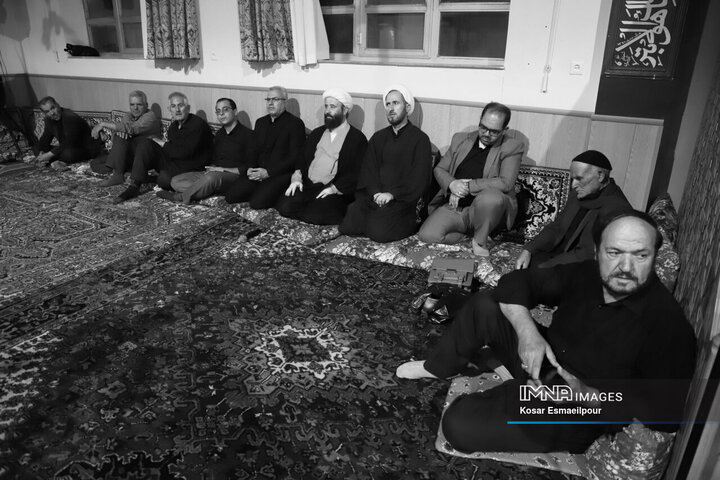

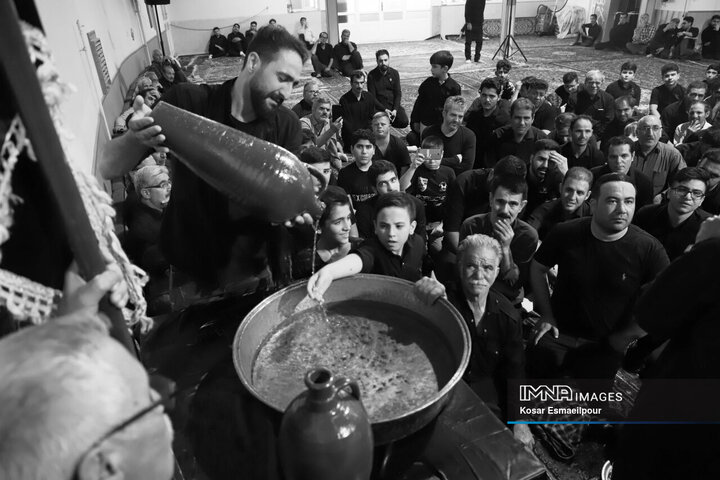
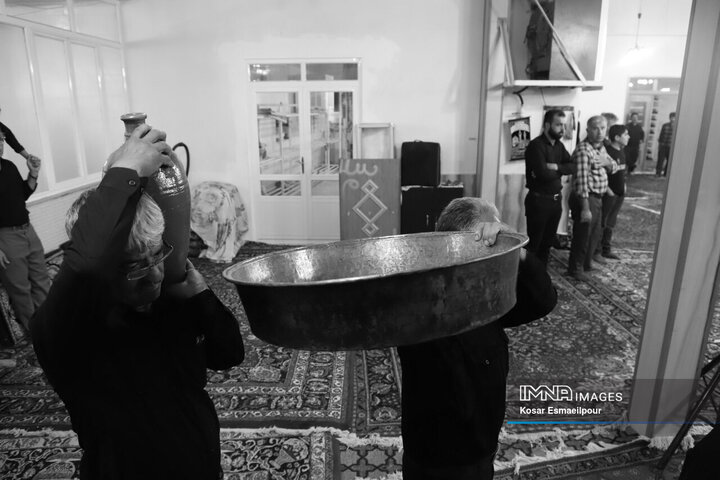
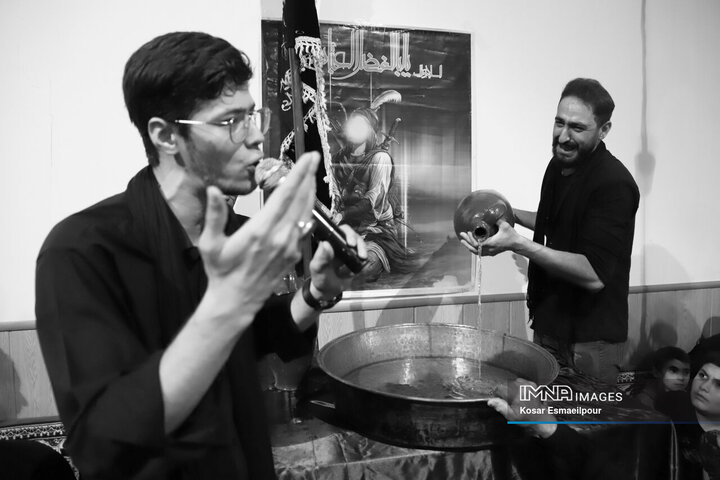
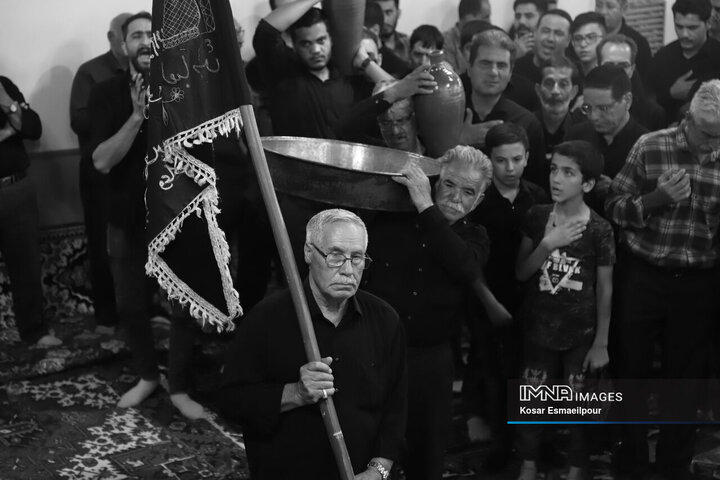
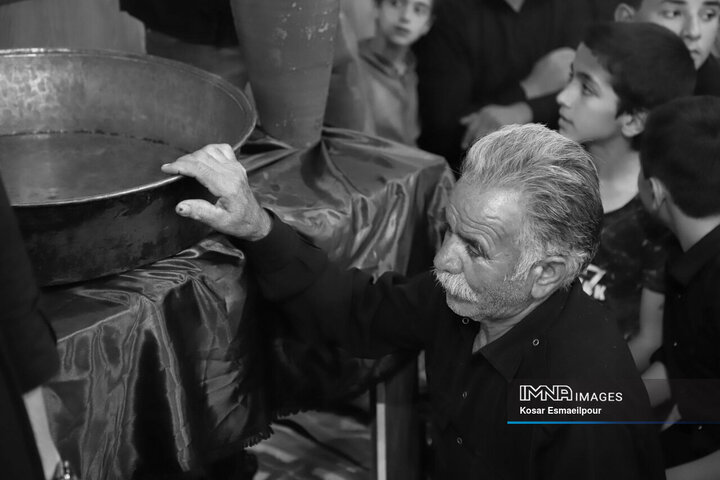
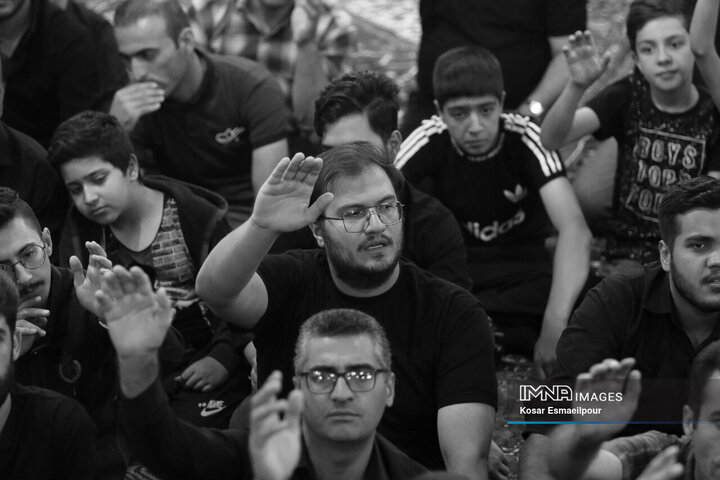
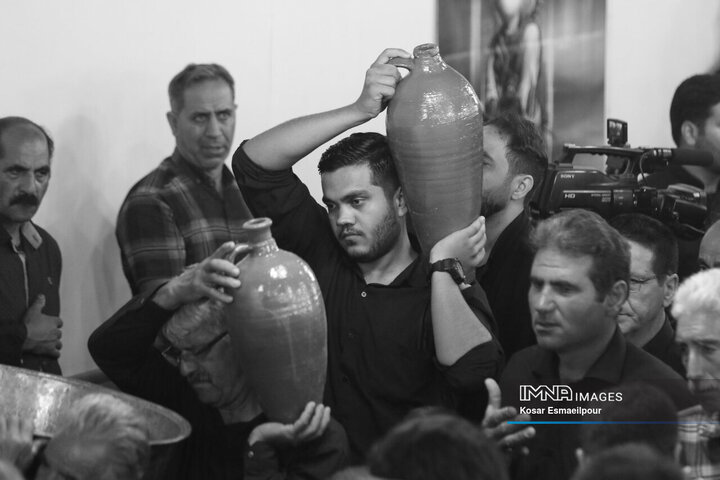
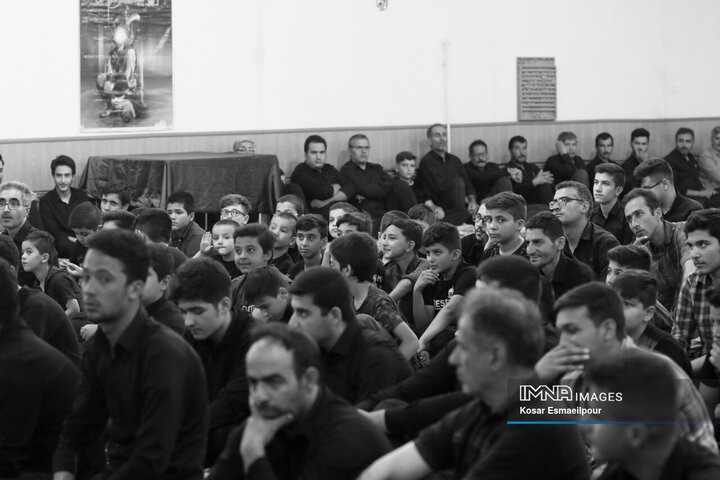

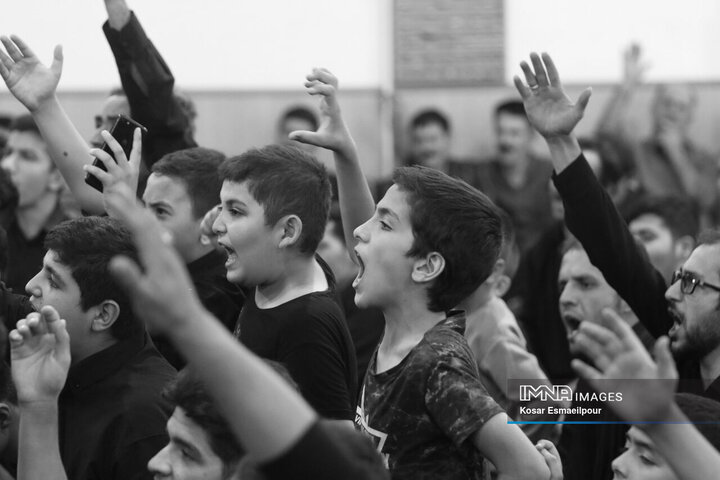
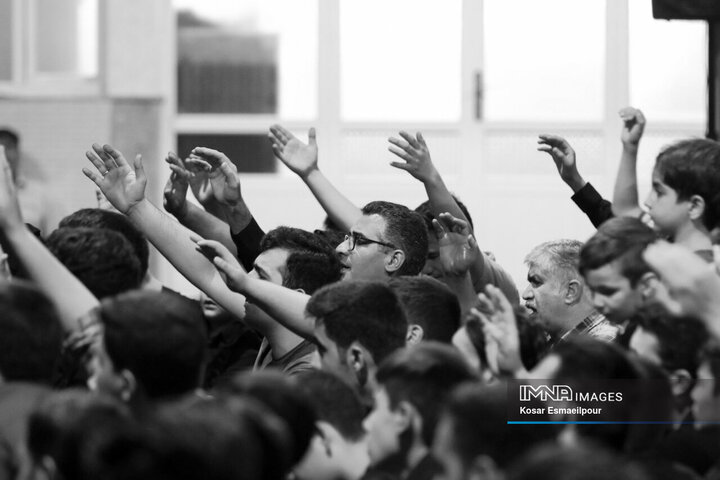
Your Comment